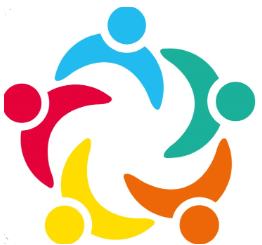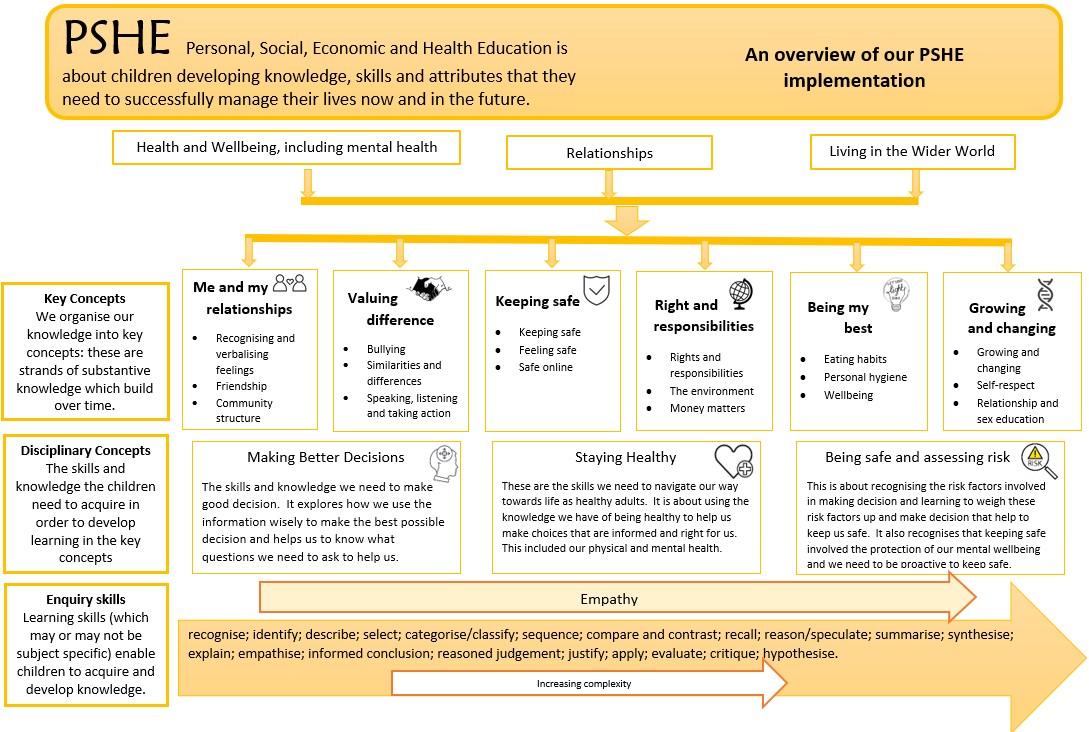PSHE Lead: Amelia Thomson
 What is PSHE?
What is PSHE?
At Trent Young’s, we believe that Personal, Social, Health and Economic Education (PSHE) is the development of knowledge, skills and attributes to successfully manage life now and in the future. This is the foundation for children beginning their journey towards becoming nurturing, global citizens.
Our Curriculum Intent
Through our primary PSHE curriculum, we aspire for a curriculum which enables children to ask questions on a practical level and theoretical level to support them in mattering better decision, staying healthy and keeping safe. It seeks to help pupils understand where to find accurate information or who to ask to help them make wise decisions. When investigating, their thinking is developed through disciplinary concepts that encourage them to think as a PSHE student. These concepts form a unique framework of enquiry and shape the questions that the students investigate.
Our vision of ‘Let your light shine’ drives our PSHE curriculum, aiming to develop a sense of how rich and diverse the world is, how the effective building of our communities is rooted in being curious about how we think and view life and how much potential there is if we truly cherish and nurture our own and each other’s development.
Our Curriculum Implementation
At Trent Young’s, we have adopted the SCARF scheme of work, which also supports our teaching of RSE throughout the school. Teachers adapt this scheme in order to reflect the needs of their pupils and context of our school. Half‐termly units develop knowledge, skills and understanding in the areas of:
- Me and my relationships
- Valuing difference
- Keeping myself safe
- Rights and responsibilities
- Being my best
- Growing and changing
SCARF provides a comprehensive spiral curriculum for PSHE and RSE education, including mental health and wellbeing. Using SCARF across all age groups ensures progression in knowledge, attitudes and values, and skills – including the key skills of social and emotional learning, known to improve outcomes for children. Its cohesive vision helps children understand and value how they fit into and contribute to the world. With a strong emphasis on emotional literacy, building resilience and nurturing mental and physical health, SCARF equips us to deliver engaging and relevant PSHE and RSE education.
As well as delivering discrete, weekly PSHE lessons so that individuals and the class as a whole have opportunities to talk about and reflect on issues important to them, we ensure that we embed the knowledge and skills taught, across the curriculum. Alongside the SCARF scheme, we take great pride in weaving many other elements of the curriculum into our school community. Our school values play an imperative role in each and every day at Trent Young’s, both inside the classroom and outside. Our school collective worships focus on our values and enable the children’s spiritual, moral, social and cultural curiosity to be stimulated, challenged and nurtured. Our weekly celebration assembly celebrate the children’s achievement and successes, including those which are non‐academic. Children are also recognised and rewarded for active participation in school and the community life in our assemblies and monthly newsletters. In addition, special events, charity fundraisers and themed awareness days provide good opportunities for our children to explore a variety of topical issues. Pupil voice is vital to development of continuing to build our strong school community. Our family groups, peacemakers, Eco‐Warriors, Bronze Ambassadors and Collective Worship Crew play a fundamental role in highlighting the importance of their roles and raising issues that we as a school can improve to help each other and help others.
Through regular communication with our parents and carers, we ensure that they are regularly informed of any updates to our PSHE/ RSE policies, are aware topics being covered in each term (through half-termly class newsletters) and supportive of any initiatives/ awareness weeks we are focusing on.
Our Curriculum Impact
At Trent Young’s, children’s work and decision making shows learning sequences that develop their conceptual understanding through a variety of rich tasks that make them think hard. Recorded work evidences snapshots of the learning sequence, with rich vocabulary, guided and independent work. Independent work shows the children’s understanding of the lesson question and gives a snapshot of their learning throughout the overall lesson. Learning sequences show that over time, children know more and can apply this knowledge across their wider learning in PSHE. We use the laid out essential knowledge in the progression documents to set the standard that we expect children to reach by the end of EY, KS1, lower KS2 and upper KS2.

Curriculum Drivers:
|
In all subjects… |
In PSHE, this looks like… |
|
|
Health |
We aspire for our children to have a sound understanding of how to keep themselves well and healthy |
Learning about physical health includes food choices, physical activity, balanced lifestyles, drugs and alcohol education, first aid, sleep, dental health and our own wellbeing. Our teaching about physical health will enable children to make informed decisions. |
|
Language |
We aspire for our children to understand and use a diverse range of language, on a range of different topics. |
Communication is made up of three main elements: spoken words, tone of voice and body language. Research tells us that the impact of these elements when communicating are words, 7%, tone of voice, 38%, and body language, 55%; non-verbal communication therefore, is more important than we might think when we communicate with each other! Children will develop their skills in communication, both listening and speaking, as life-long communicators. |
|
Community |
We aspire for our children to value and respect their community, and add to their community by including and integrating others. All this knowledge makes them more rounded people who are better prepared to learn in all their academic subjects. |
There are four areas of community which the children learn about: place, interest, action and practice. Children learn about the benefits of each of these, how they can help us connect with different people and how they working with others and support us to reach our goals. We can learn from other people in our communities and create new friendships. As members of a community we can help each other and work to make our community a safe and happy place. |
|
Environment |
We aspire for our children to appreciate our local and wider environment, and understand the impact that we can have on it. |
We begin by creating a safe, secure learning environment. This helps children feel confident to share their ideas, values and attitudes without fear of negative feedback from their peers. Children will also learn about being a responsible global citizen and that engaging with the world in which we live in a responsible way is good for all people all across the globe and the good for our environment. By choosing to live as responsible global citizens, we are helping the world and all of the people in it. We are helping all people to live safe and happy lives where their rights are respected. We are doing all we can to ensure the environment and animals in it have a future. We are working together for the benefit of our one world |
|
Technology |
We aspire to use technology so that it enhances learning experiences and prepares each child for the digital age. We aim for technology to foster engagement, interactivity and creativity, making learning more enjoyable and effective. |
With the rapid growth of technology over the recent years, children are spending more time with digital technology. Children are spending more time with technology and it is therefore essential to be teaching our children how to balance their offline and online lives. Although technology does have positives, it also has its drawbacks. It can prove to be detrimental to the mental health and well-being of children and so we balance this with a focus on mental health and wellbeing throughout the school day and in our PHSE lessons. |
More in-depth documentation is available on request for our PSHE curriculum.
Bullying
The Anti-Bullying Alliance (ABA) and its members have a shared definition of bullying based on research from across the world over the last 30 years.
ABA defines bullying as:
"The repetitive, intentional hurting of one person or group by another person or group, where the relationship involves an imbalance of power. It can happen face to face or online."
In school we feel it is important to teach the children what bullying is as well as what it isn’t. Bullying is not a one-off incident or an occasional whoops moment, but a purposeful reoccurring event.
Starting a conversation about what bullying is, how to recognise it and what to do if you see or experience it can help prevent bullying more effectively than sanctions imposed.
-
NSPCC A well known charity that supports children. The information is clearly laid out with some helpful tips for parents about things to do to support your child, especially relating to media and online bullying.
-
Anti-Bullying Alliance This charity is at the forefront of the research relating to bullying and provide excellent guidance for teachers and parents on starting the conversation about bullying. Look at the parent carer page of the website to see and access their resources to have good conversations at home that help support your child.
-
Kidscape Referenced and promoted by ABA.
Puberty
Helping your children understand changes at puberty
(Information taken from the SCARF Resources)
Children following the SCARF programme will already have a good understanding of their bodies, and how and why they change as they go through puberty.
For this age group it's often about building on that information and developing further knowledge about the emotional changes that take place. This should take place alongside learning the reasons for the changes in more detail, including developing an understanding of how people are able to reproduce - if they want to - when they’re adults.
Parents are recognised as children's primary educators for Relationships and Sex Education (RSE), yet many feel unprepared. Often this is because they had poor RSE themselves - from home, school, or both.
The following information and resources are designed to support you in helping your child navigate the emotional and physical changes that take place during puberty, as well as learning about sex in the context of safe, loving relationships.
Suggested reading list for 8-11 year-olds, covering reproduction/puberty/relationships/gender
- Girls Only by V Parker
- How your Body Works by Judy Hindley
- Let’s Talk About Sex by R H Harris
- Living with a Willy by N Fisher
- Sex is a Funny Word by C Silverberg and F Smyth
- The Period Book by K Gravelle
- The Puberty Book by W Darvill
- What’s Happening to Me? by P Mayle
- Alien Nation by The Proud Trust
Useful books for parents
Questions Children Ask and How to Answer Them by Dr M Stoppard
Speakeasy: Talking with your Children about Growing Up by fpa (Family Planning Association)
Useful websites for children
(These are hyperlinked - click on the website name)
Amaze.org- Puberty section (Age 9+)
BBC Teach –The Big Talk (age 9-12)
Male puberty - including wet dreams
Outspoken - RSE worksheets
NHS Puberty
Useful websites for parents
Sitting in car YouTube Channel: how to talk comfortably with your kids about sex and consent
Talking to your child about online sexual harassment- a guide for parents
Other suggested RSE Activities:
-
Draw around bodies
Draw around bodies and label parts, using correct words (and family names) and their purpose
-
What's in the bag? Puberty
Put together your own ‘puberty bag’ from household items. Discuss each one and why it’s used, e.g.
deodorant, razors, tampons/pads, shower gel, washing powder, tissues, hair gel.
-
What's in the bag? Growing up
Same as above for contents of handbag; items support discussions about growing up
-
Anonymous questions box
Have an old shoe box, or similar, where children could post questions that they might not be able to
ask you verbally.
Praise and thank them for their questions. Try to answer them using the web-pages above to help
provide age-appropriate, fact-based answers.
Relationships and Sex Education (RSE)
Resource list of books and websites to support good conversations with your child.
Some of the books mentioned in the above list we may have in school. Please contact us if you have a specific book that you would like to look at; if we don't have it we will look to signpost where you may be able to find a copy.
